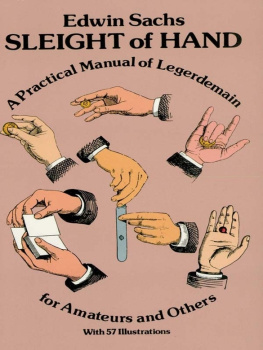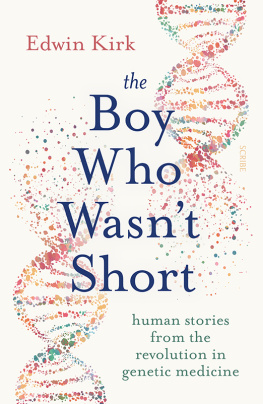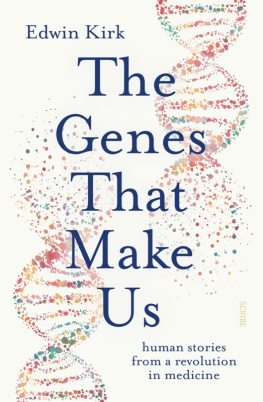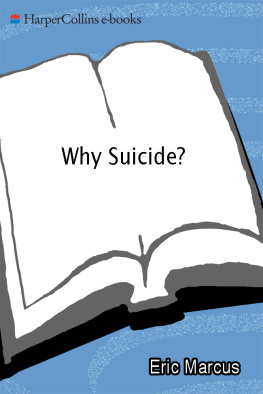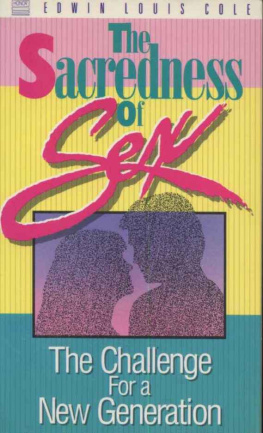Edwin Shneidman - Definition of Suicide
Here you can read online Edwin Shneidman - Definition of Suicide full text of the book (entire story) in english for free. Download pdf and epub, get meaning, cover and reviews about this ebook. genre: Religion. Description of the work, (preface) as well as reviews are available. Best literature library LitArk.com created for fans of good reading and offers a wide selection of genres:
Romance novel
Science fiction
Adventure
Detective
Science
History
Home and family
Prose
Art
Politics
Computer
Non-fiction
Religion
Business
Children
Humor
Choose a favorite category and find really read worthwhile books. Enjoy immersion in the world of imagination, feel the emotions of the characters or learn something new for yourself, make an fascinating discovery.

- Book:Definition of Suicide
- Author:
- Genre:
- Rating:4 / 5
- Favourites:Add to favourites
- Your mark:
- 80
- 1
- 2
- 3
- 4
- 5
Definition of Suicide: summary, description and annotation
We offer to read an annotation, description, summary or preface (depends on what the author of the book "Definition of Suicide" wrote himself). If you haven't found the necessary information about the book — write in the comments, we will try to find it.
Definition of Suicide — read online for free the complete book (whole text) full work
Below is the text of the book, divided by pages. System saving the place of the last page read, allows you to conveniently read the book "Definition of Suicide" online for free, without having to search again every time where you left off. Put a bookmark, and you can go to the page where you finished reading at any time.
Font size:
Interval:
Bookmark:

Published by Regina Ryan Books at Smashwords
Copyright l985 by Edwin Shneidman Originally published by John Wiley & Sons, Inc. Originally published by John Wiley & Sons, Inc.
This edition published with the permission of Regina Ryan Publishing Enterprises, Inc., 251 Central Park West, New York, N.Y. Please address all permission requests to reginaryan@reginaryanbooks.com
Smashwords Edition, License Notes
This ebook is licensed for your personal enjoyment only. This ebook may not be re-sold or given away to other people. If you would like to share this book with another person, please purchase an additional copy for each recipient. If youre reading this book and did not purchase it, or it was not purchased for your use only, then please return to your favorite ebook retailer and purchase your own copy.
Thank you for respecting the hard work of this author.
Books by Edwin Shneidman
Deaths of Man (1973), nominated for the National Book Award in Science
Voices of Death (1980)
Edited Books
Thematic Test Analysis (1950)
Essays in Self-Destruction (1967)
On the Nature of Suicide (1969)
Death and the College Student (1972)
Suicidology: Contemporary Developments (1976)
Death: Current Perspectives (1976, 1980, 1984)
Endeavors in Psychology: Selections from the Personology of Henry A. Murray (1981)
Suicide Thoughts and Refl ections, 1960-1980 (1981)
I have meant to write a fairly slim book about an admittedly heavy subject. My intention is to present a series of ideasclustered around the main idea of the common characteristics of suicideand to explicate each separate idea just enough to indicate its essence. It is my hope that, taken together, these constitute a new definition of suicide and more importantly provide a fresh view of the essentials of suicide with direct implications for practical preventive action.
If I may be indulged a grandiose reference: Melville, in a letter in 1851 to Hawthorne about the newly completed Moby-Dick, wrote: I have written a wicked book and feel as spotless as a lamb. About this present small volume not a titanic whale; more like a youthful porpoiseI could say that I have written an innocent book and feel as optimistic (of its possible impact and usefulness) as a cricket.
This is not an empirical book. There are relatively few findings or new data in it; nor does it contain a comprehensive review of the literature on suicide. My goal is to present, as straightforwardly as possible, fresh notes about what suicide is and, concomitantly, to imply realistic and practical measures for preventing suicide.
I hasten to assert what will be obvious to any reader: This book is advertently idiosyncratic. It is organized in my special way of looking at the topic, built around books and mentors who have been special to me, and reflects my interest in fiction and literature and my belief in the power of the idiographic (clinical) method (in addition to the nomothetic, statistical method) in the psychological sciences. It is not at all that I am defensive or apologetic about these positions; they have served me well and, on both practical and theoretical grounds, I hold them to be among the most important methodologies available. Simply put, this is a book that contains some ideas that I believe to be the heart of suicide and some suggestions for possible ways to mend that heart.
The driving idea behind this book is the common-sense belief that effective remediation depends on accurate assessment which, in turn, depends on meaningful definition. Prevention rests on assessment; assessment rests on definition. When understandings are inadequate it is unlikely that effective remediations can be found. Curiously, in relation to the age-old topic of suicide, todays first order of business may very well be definition. The definition of suicide is one focus of this book.
The book consists of twenty-six sections, A to Z, under seven larger categories. The contents of Part Four on the ten common characteristics of suicide are my principal contribution to suicidology to date. As the text explains, these common characteristics do not come from Durkheim or Freud, although it is nearly impossible to write on suicide nowadays without leaning heavily on these two giants. In this book, I have seriously attempted not to be a burden to either one of them.
Instead I have tried to be my own man, borrowing from 35 years of experience in suicidology, leavened by common sense and stimulated by insights and modes of thought other than those traditionally associated with our topic. Specifically, I propose that we examine the implications for the understanding and treatment of suicide from two rich sources: (1) a great American novel which, within itself, contains poetry, song, metaphysics, drama, zoology, technology, and the most profound depth psychology to be found anywhere; and (2) three technical booksnone of them about suicide which have been central to my own professional development and, more importantly, have direct implications for understanding suicide. They are: Stephen Peppers World Hypotheses, James G. Millers Living Systems, and Henry A. Murrays Explorations in Personality. I am proud to have known each of them personally and to have been their friend.
Professor Pepper settled for me, once and for all, my main questions about philosophy and religion in a way that was totally satisfying both intellectually and emotionally. Dr. Miller was my chief in the Veterans Administration in 1947 and is my friend and colleague at UCLA today. In this present book I have tried to apply aspects of his masterful systems theory approach to the topic of suicide. Some things that I have said about the prevention of individual human suicide might apply equally well to the prevention of self- destruction of groups, nations, international organizationsand even to the survival of the civilization of our world.
Henry A. Murray is precious to me in a very special way. Anyone who knows anything at all about me knows that he has been the absolute center of my intellectual life since the late 1940s and that now, in his 90s, he is, if anything, more dear to me than at any time in my life.
Edwin Shneidman
Los Angeles, California
March 1985
Grateful acknowledgment is made for permission to reprint the following:
Excerpts from Orientations Toward Death: A Vital Aspect of the Study of Lives by Edwin Shneidman in The Study of Lives, edited by Robert W. White. Copyright 2006 by Aldine Publishers. Reprinted by permission of AldineTransaction, a division of Transaction Publishers.
Excerpts from Can a Philosophy Make One Philosophical? by Stephen C. Pepper in Essays in Self-Destruction, edited by Edwin Shneidman. Copyright 1967 by Edwin Shneidman. Reprinted with permission of F.P. Tarson Ltd.
Excerpts from An Empirical Investigation of Shneidmans Formulations Regarding Suicide by Antoon A. Leenaars, William D. G. Balance, Susanne Wenckstern, and Donald J. Rudzinski. Copyright 1987 by The American Association for Suicidology. Reprinted by permission of John Wiley and Sons.
Excerpts from Living Systems by James G. Miller. Copyright 1978 by McGraw-Hill Book Company. Reprinted with permission of McGraw- Hill Book Company.
Excerpts from The Aristos by John Fowles. Copyright 1999 by J.R. Fowles Ltd. Reprinted with permission of J.R. Fowles Ltd.
Excerpts from World Hypotheses by Stephen C. Pepper. Copyright 1942 by the Regents of the University of California. Reprinted with permission of F.P. Tarson Ltd.
Font size:
Interval:
Bookmark:
Similar books «Definition of Suicide»
Look at similar books to Definition of Suicide. We have selected literature similar in name and meaning in the hope of providing readers with more options to find new, interesting, not yet read works.
Discussion, reviews of the book Definition of Suicide and just readers' own opinions. Leave your comments, write what you think about the work, its meaning or the main characters. Specify what exactly you liked and what you didn't like, and why you think so.




